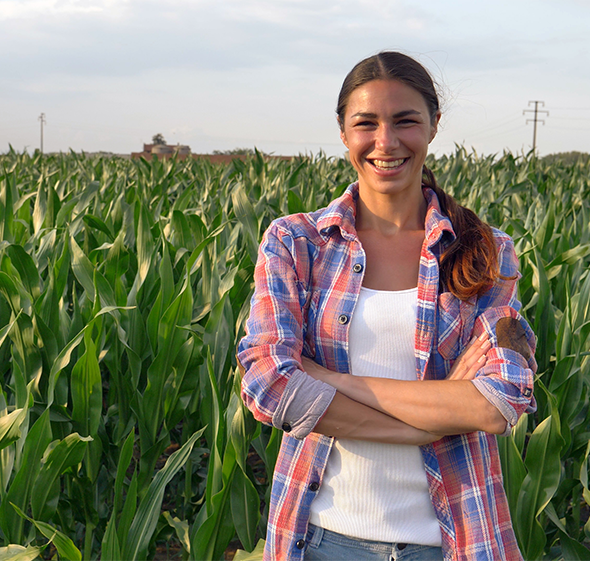Support Your Soil with RhizeBio
Our expert team is ready to help you modernize your agrobusiness. Contact us today to discuss how to improve your productivity — starting at the roots.



By submitting this form, I accept RhizeBio’s Privacy Policy.*
Fields marked with an asterisk (*) are required
Frequently Asked Questions
What makes RhizeBio™ different from other soil tests?
Unlike traditional soil testing that measures chemical nutrients, the Rhize Soil Health Test uses advanced metagenomic tools to measure soil biodiversity to predict function. Soil is one of the most complex environments on earth, with billions of microbes in each gram. The only reliable way to measure soil biodiversity is through advanced next generation sequencing platforms and metagenomic applications.
How does the microbiome relate to soil?
The microbiome represents all of the microorganisms that inhabit a particular environment. In the case of soil, the microbiome is complex and diverse and it functions to retain nutrients, cycle nutrients for plant availability, promote aggregate formation, mineralize nutrients, suppress disease and degrade organic and inorganic compounds. In short, a healthy soil microbiome increases crop yield and protects crops from disease and other stresses.
What is the importance of genomics in RhizeBio's approach to soil health?
Genomics allows us to understand the genetic makeup of the soil’s microbiome. This knowledge is crucial in assessing soil health and biodiversity. At RhizeBio, we use genomics to transform raw soil DNA sequencing data into user-friendly and informative soil health reports, empowering farmers to make informed decisions about their soil management practices.
How are microbes beneficial to soil and why is it important to measure the microbes in my soil?
The microbes in soil improve crop production in many ways. Here are just a few:
- Producing horomones that promote root growth
- Increasing water intake
- Adding nutrients to the soil through the breakdown of organic and inorganic compounds
- Improving nutrient absorption by breaking down vitamins and other compounds into bioavailable forms
- Improving soil structure
- Improving crop immunity
- Protecting crops from harmful bacteria, fungi, nematodes, and other pests